
On Tuesday 7th of October 2014 Austin Houlihan, Senior Consultant in the Sports Business Group of Deloitte will give a talk on football finance in Brookfield Health Science Complex, Room G05 from 11.00 to 12.00.
Austin is better known as the project manager of the Deloitte Football Money League and author of the Deloitte Annual Review of Football Finance.
The event promises to be an excellent chance for those interested in sport, economics, finance or a blend of all three to get to know the industry better.
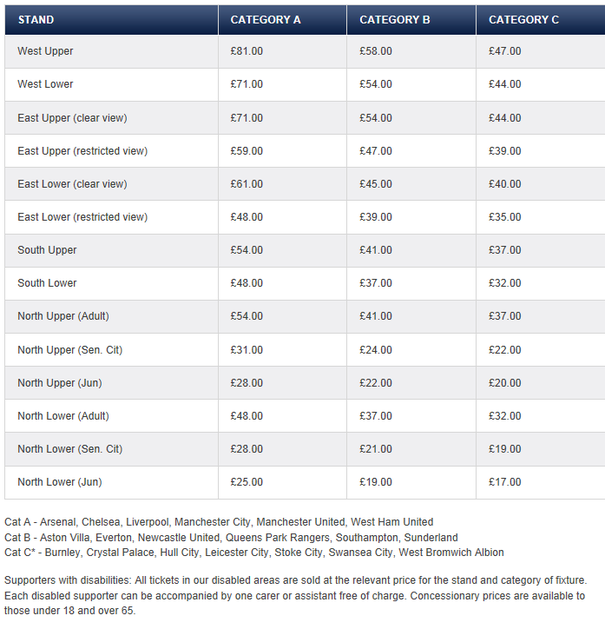
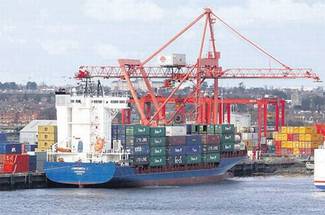
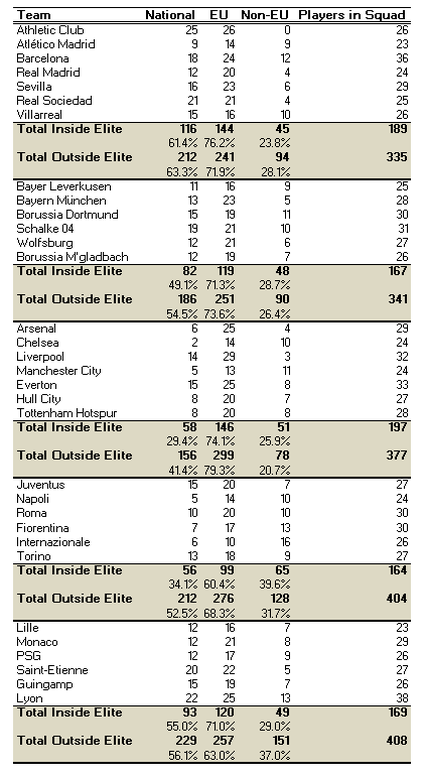
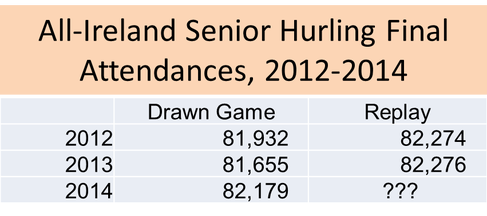
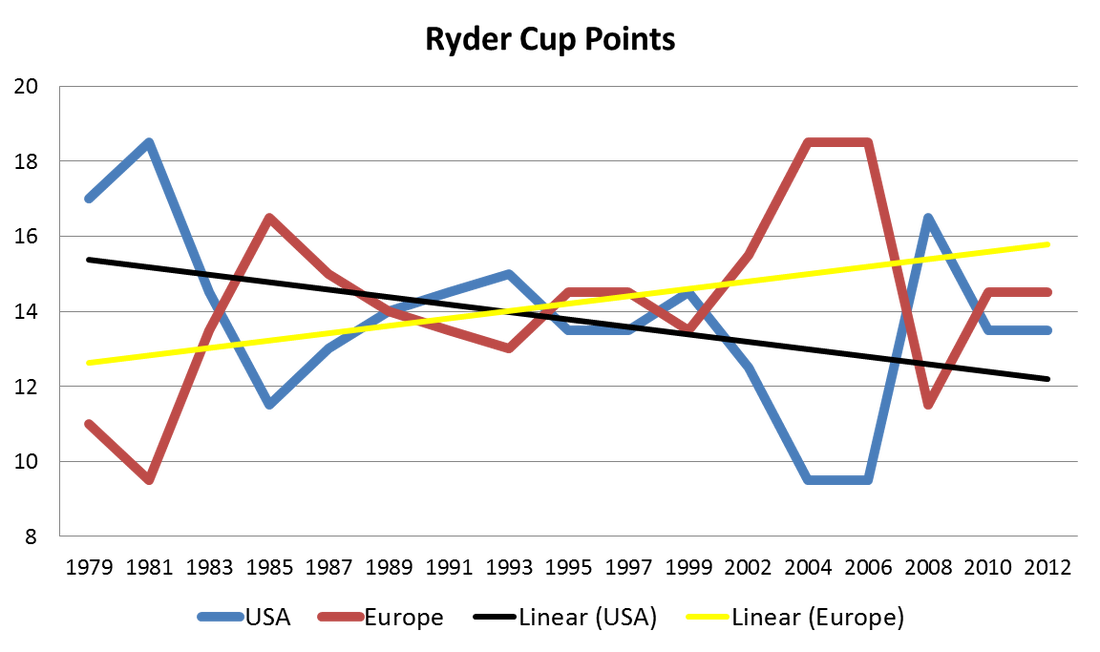

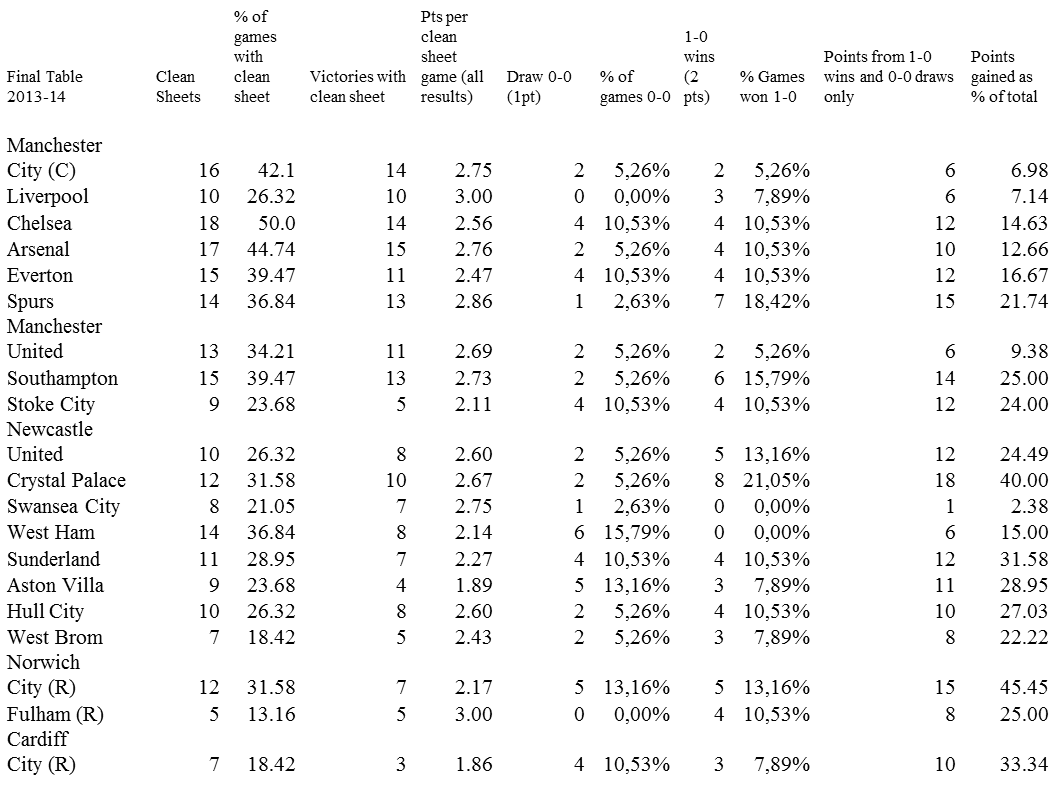
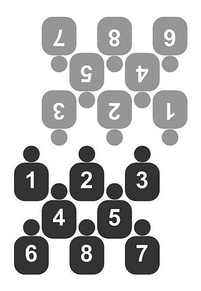
 RSS Feed
RSS Feed